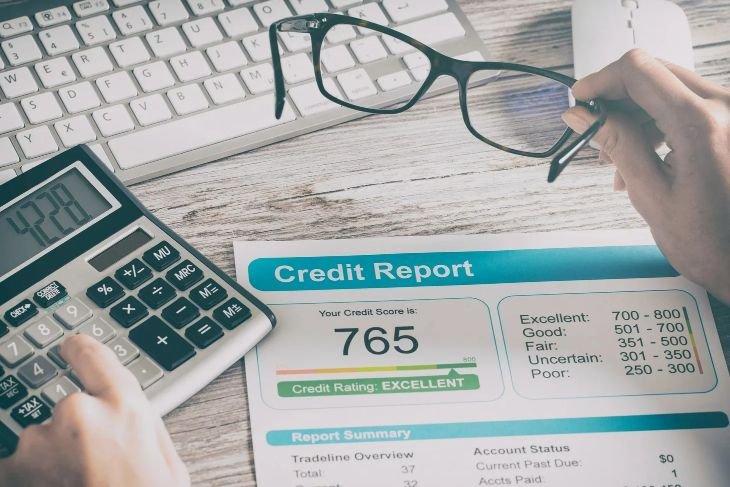“The Average Credit Score in America 2023”

The average credit score in America is 714, holding steady despite inflation weighing on Americans and record levels of credit card debt.
Credit scores have mostly been rising since 2010 and saw a noticeable increase from 2019 to 2020 as consumers received pandemic relief such as stimulus payments and better unemployment insurance.
Motley Fool Ascent has the latest data on average credit scores by age, income and location, plus how rare it is to have a score in the exceptional 800 to 850 range.
Key takeaways
The average credit score is 714.
Older Americans have higher average credit scores. The average credit score for baby boomers is 742, while the average credit score for millennials is 687.
23% of Americans have an “exceptional” credit score of 800 or higher.
Credit Score Chart:
What is a Good Credit Score?
A good credit score on the FICO scale, the most used credit score, falls between 670 and 739.
Here’s how your FICO® score breaks down from poor to excellent:
800 to 850: Exceptional
740 to 799: Very good
670 to 739: Good
580 to 699: The Just
300 to 579: Bad
The three major credit bureaus (Equifax, Experian and TransUnion) calculate credit scores based on information lenders report to them about consumers, such as whether bills are paid on time and how much credit is being used.
Why a high credit score is important to financial well-being?
A credit score is a key part of personal finance:
Credit scores are used by financial institutions to determine whether someone should be approved for a loan, such as a car loan or mortgage, and the interest rate at which the loan is made.
Landlords and insurance companies use credit scores to screen potential customers.
Credit card companies use credit scores to decide who qualifies for certain credit cards. Americans with higher credit scores are more likely to qualify for the best credit cards.
Average credit score: 714
The average FICO® score is 714, which is well within the “good” range, according to Experian.
This is unchanged from 2021 and up three points from 2020. The average FICO® score has steadily increased since 2010, with 2013 being the only drop since then.
How are Vantage and FICO® scores calculated?
Although FICO® Scores and VantageScores use similar data, they are calculated differently. Here are some similarities and differences between the two credit scores.
Similarities
Both use a range of 300 to 850 for credit scores.
Both use credit report information from Equifax, Experian or TransUnion.
Both are used by financial institutions to determine credit risk.
Differences
The main difference between FICO and Vantage scores is the scoring models each uses. FICO uses the following factors and weights to determine a score:
Payment history: 35%
Whether bills are paid on time.
Credit utilization: 30%
What percentage of available credit is used.
Length of credit history: 15%
Age of accounts.
New credit: 10%
Number of new accounts, time since opening a new account, and recent hard inquiries.
Credit mix: 10%
Types of loans held
VantageScore does not provide specific weights for its factors, but it does say how influential they are.
Payment history: extremely influential
Age and type of credit, credit utilization: very influential
Total balances: moderately influential
Available credits and recent inquiries: less influential
There are several other differences between the two scores. VantageScore includes rent, utilities, cable and phone payments in its methodology, while FICO does not. VantageScore also weighs late mortgage payments more heavily than other late payments.
More on:
